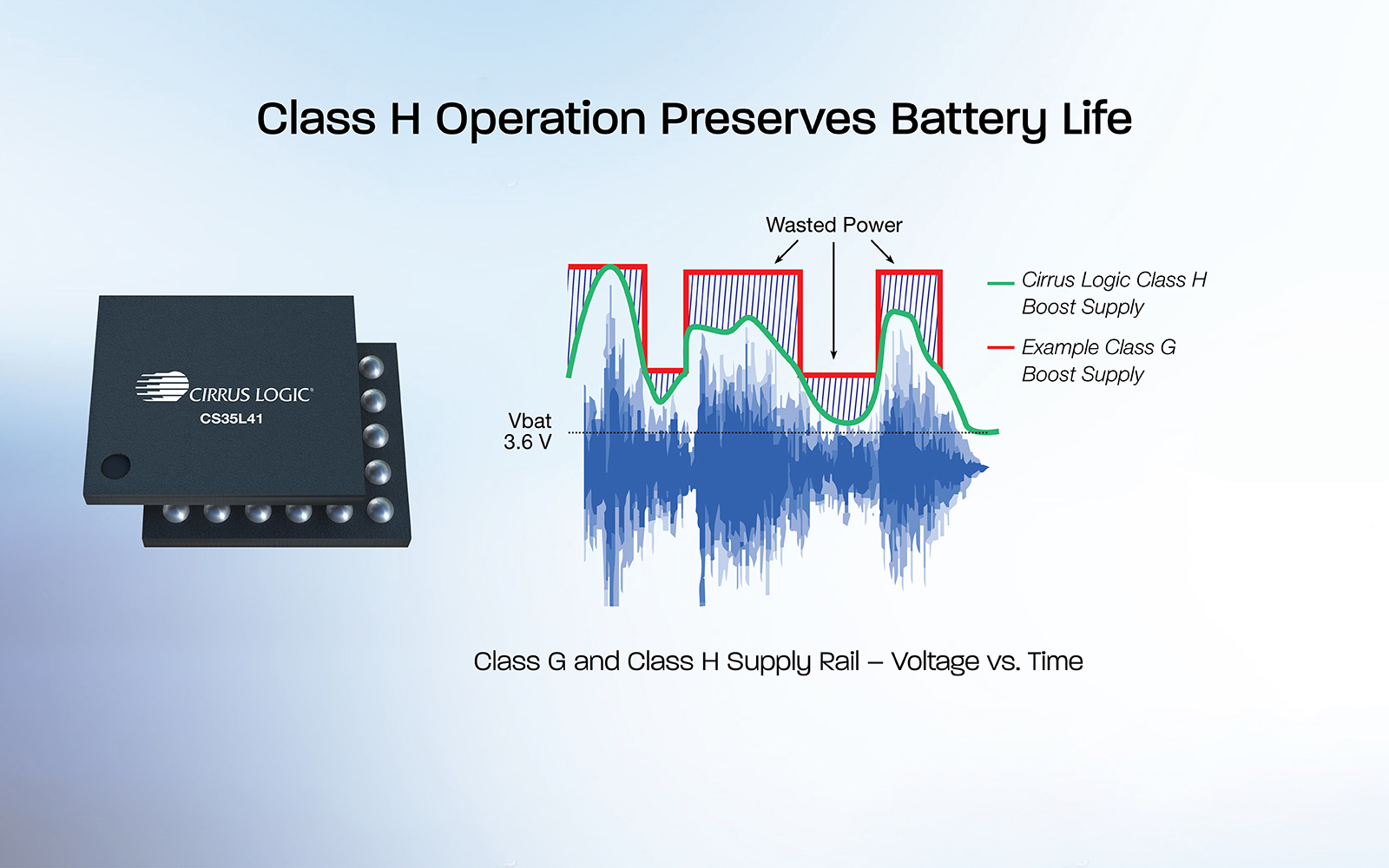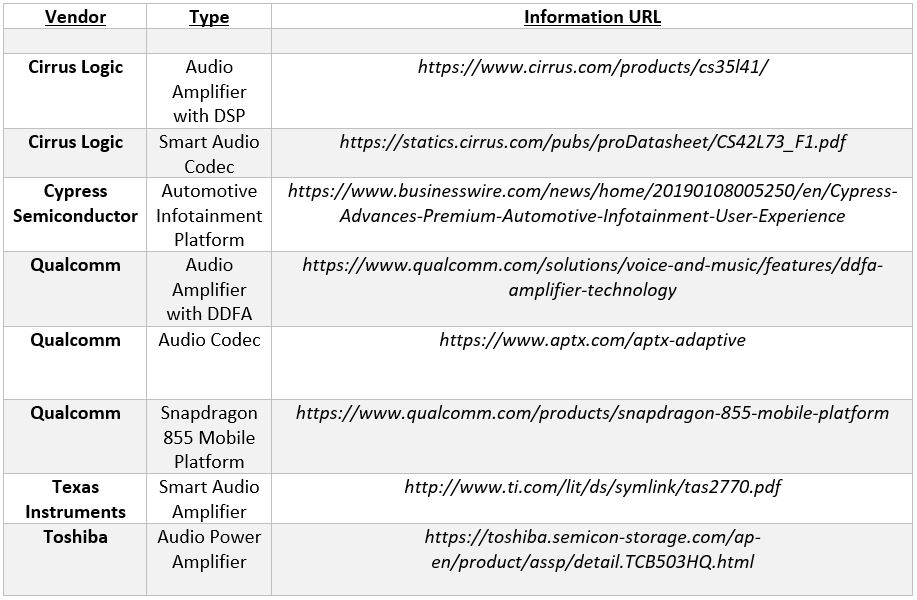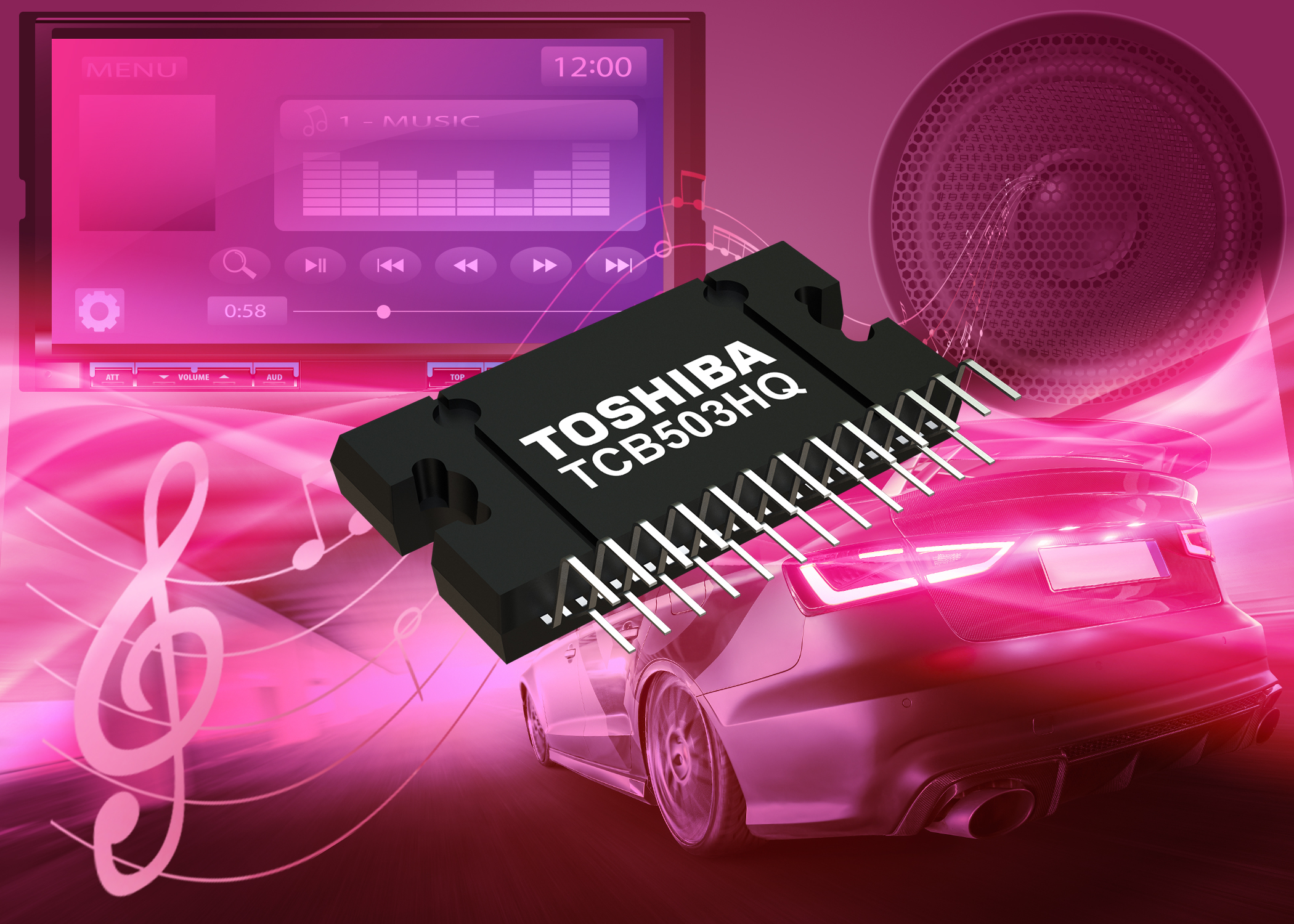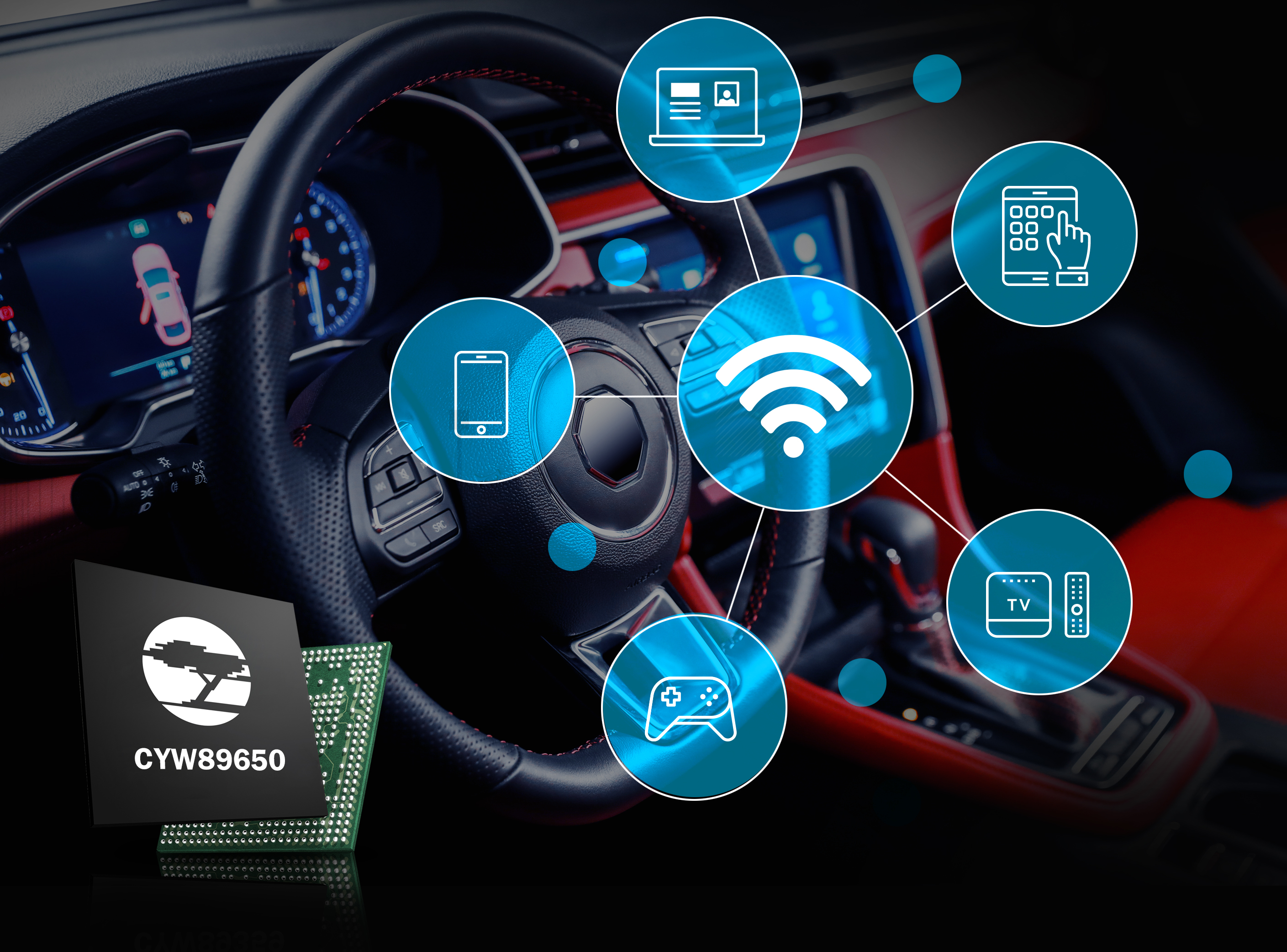By Carolyn Mathas, contributing writer
A new generation of high-performance audio ICs are solving the challenges of implementing audio functionality and sound quality into next-generation mobile devices. These ICs support a broad range of productivity and personal entertainment uses while reining in power consumption to maintain long battery life.
For designers, audio IC selection requires effectively juggling performance, real estate, battery life, cost, and time to market. In the past, audio performance rested on codecs, audio analog-to-digital converters (ADCs) and digital-to-analog converters (DACs) with sufficient signal-to-noise ratio, and best harmonic distortion combined with low power. System-on-chips (SoCs) integrated functions in one large chip, yet cost, functionality, and time to market suffered.
Even greater audio quality demands exist today. Audio components must process signals at higher frequencies, at ever-lower power, and with minimum losses. In mobile devices, space continues to shrink, while the number of inputs and outputs involve stereo and mono audio signal mixing and routing, internal and external microphones, recording, and playback across a variety of digital audio formats, as the workhorse components handle traditional voice, multimedia files, streaming audio, and ringtones.
Today, given the small process geometries of smartphone processors and the greater integration of processing capabilities and graphics, audio functions are moving toward integration in an audio SoC, or hub device. These highly integrated audio devices incorporate multiple inputs/outputs and functions, enabling designers to eliminate the need for additional components.
With audio externally implemented, chips with different process technologies are easily used, and moving audio functions from the main processor makes it possible to integrate a variety of functions into standalone amps and gain ease of design as well as improved audio performance and efficiency.
An example of the more modern integration approach is Qualcomm Technologies’ DDFA digital amplifier technology. Integrated into a single chip, the CSRA6640 allows audio OEMs to reduce external components, enabling commercially viable high-end Class-D amplification for compact and lower-tier devices.
The CSRA6640 offers clearer and louder audio than linear and analog amplifiers, and its integrated DSP and Class-D amplifier delivers up to 20 W per channel. The chip can also bridge output drivers to create a single 40-W amplifier. The chip responds to fluctuation in the speaker output to protect against failures, preserving low-noise, low-distortion, and high-dynamic-range audio. If you’re lacking specific amplifier experience, an evaluation kit combines the hardware, software, development tools, and information to easily integrate DDFA capabilities into products.
Several companies are plugging signal processing directly into amplifier ICs. Texas Instruments Inc., for example, recently introduced smart audio amplifiers for voice-controlled devices. Its TAS2770 delivers audio clarity and loudness yet only consumes 15 W. The amplifier IC employs unique audio-processing algorithms that deliver richer audio, echo cancelling, and protection against clipping that causes audio playback issues. A second audio IC, the TAS5825M , delivers dedicated serial audio interface information to the applications processor that supports echo cancellation and offers thermal protection via real-time accurate voltage and current sensing.
The use of Class-D audio amplifiers can achieve energy efficiencies above 90% by eliminating linear gain devices and other analog components. Cirrus Logic Inc. is also integrating DSPs into its Class-D devices. The Cirrus Logic CS35L41 smart power amplifier , according to the company, is 50% smaller than competitive ICs and combines an advanced power management system and advanced algorithms to adapt to changing audio, speaker, and battery conditions in portable devices without diminishing audio performance. The smart power amp increases the audio volume when in speaker-phone mode yet reduces noise and power consumption for improved battery life and talk times.
Designers can experience several benefits. For example, its tiny, 5.64-mm2 space-saving WLCS package is designed for OEMs that want a two-speaker design along with new features and functions. The 5.3-W digital input, mono Class-D amplifier has the lowest noise and idle power consumption in its class, according to the company. An integrated 11-V Class-H DC/DC converter boosts the supply voltage and maintains higher efficiency. Playback filtering compensates for the unique frequency response of the speaker and eliminates pre-ringing found in conventional linear phase filters. Audio engineers can get the most out of small speakers and improve the gaming and video streaming audio experience for their mobile device.

The Cirrus Logic CS35L41 smart power amplifier integrates an 11-V Class-H DC/DC converter that boosts the supply voltage and maintains higher efficiency than other audio power amplifiers that rely on Class-G boost regulators. (Image: Cirrus Logic)
The following table provides a partial list of audio IC vendors, IC types, and links to design information and resources:

Audio codecs are also reducing the processing burden and power consumption of an application processor. Cirrus Logic’s CS42L73 smart audio codec , for example, features best-in-class power consumption and digital mixer and high-performance asynchronous sample rate converters for designers who need to incorporate a full range of audio functions. With a power consumption of 6.4 mW at 1.8 V during a handset voice call using an analog microphone or 4.1 mW when using digital microphones, Cirrus claims that the solution offers the lowest power consumption in the market for products with asynchronous sample rate converters and a digital mixing engine. Power consumption is even lower when playing back stereo audio.
When one looks at the rapidly evolving audio amplifier offerings for smartphones, it’s reasonable to consider the design challenges of audio implementation in automotive applications. Implementing audio/video streaming and internet connectivity given the growing use of Bluetooth audio, the following devices are two possible considerations.
Focusing on the unique demands of automotive audio applications, Toshiba launched a new four-channel power amplifier for car audio. The TCB503HQ features strong resistance to power surges inherent in automotive environments. It supports 6-V operations for vehicles equipped with idling reduction systems, suppressing the popping sounds that can occur when power voltage fluctuates.

The TCB503HQ delivers high output power and low distortion while providing built-in protection. (Image: Toshiba)
The TCB503HQ also includes a built-in filter to improve resistance to extraneous high-frequency noise and to prevent the generation of abnormal noise even when there is high-frequency noise from mobile phone radio waves and adjustment of door mirrors.
It’s not only the individual ICs that are delivering more power, flexibility, and a better audio experience for your designs; it’s also Bluetooth playing a larger role in delivering audio for your designs. If you are looking to implement Wi-Fi and Bluetooth for simultaneous streaming content to as many as 10 mobile devices, for example, Cypress Semiconductor’s CYW89650 Wi-Fi 6 and Bluetooth 5.0 combo delivers more than 1-Gbits/s throughput. Cypress Real Simultaneous Dual Band (RSDB) architecture enables concurrent operation in high-performance systems without audio or video degradation. Cypress’s Bluetooth devices allow products to sip power at an incremental rate, enabling connectivity between the car, mobile devices, and wearable gadgets.

Cypress’s Wi-Fi and Bluetooth combo solutions meet these needs and offer simultaneous Wi-Fi hotspot and content access and multi-band/multi-radio coexistence for video and Bluetooth audio. (Image: Cypress Semiconductor)
Finally, if you need to add even greater intuition to your audio designs, check out the Qualcomm Snapdragon 855 Mobile Platform and chipsets, such as the Qualcomm aptX Adaptive designed to harness multi-gigabit 4G connectivity and deliver transformative 5G experiences. The platform and chipsets enable designers to enhance their voice assistant function with hardware and AI , upgrading the mobile audio experience and ensuring that mobile devices are more intuitive.
More powerful and flexible audio ICs are launching at breakneck speed. Audio implementation formerly constrained by integration that provided more challenges than it solved is now freed up with chips that deliver substantially improved audio quality and greater performance that can be used in smaller spaces while meeting power demands.
Advertisement
Learn more about Electronic Products MagazineTexas Instruments





